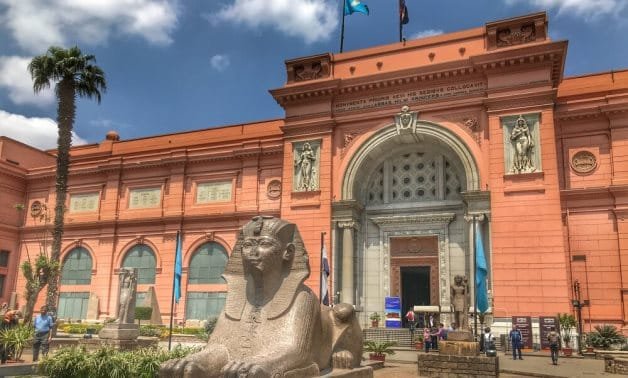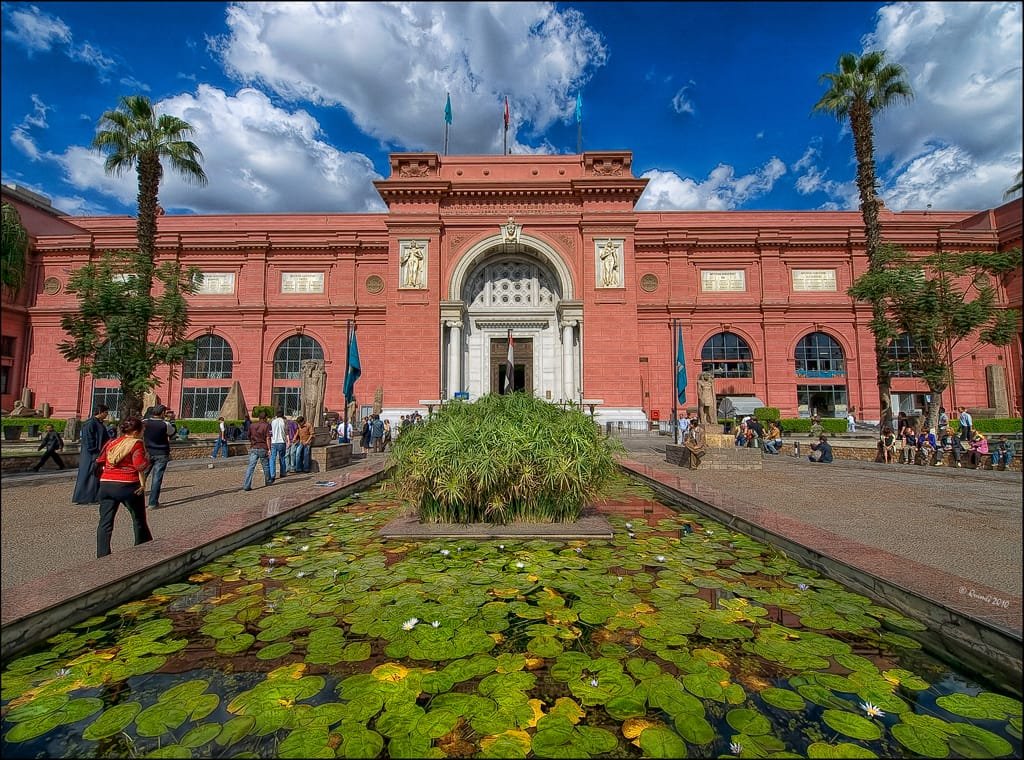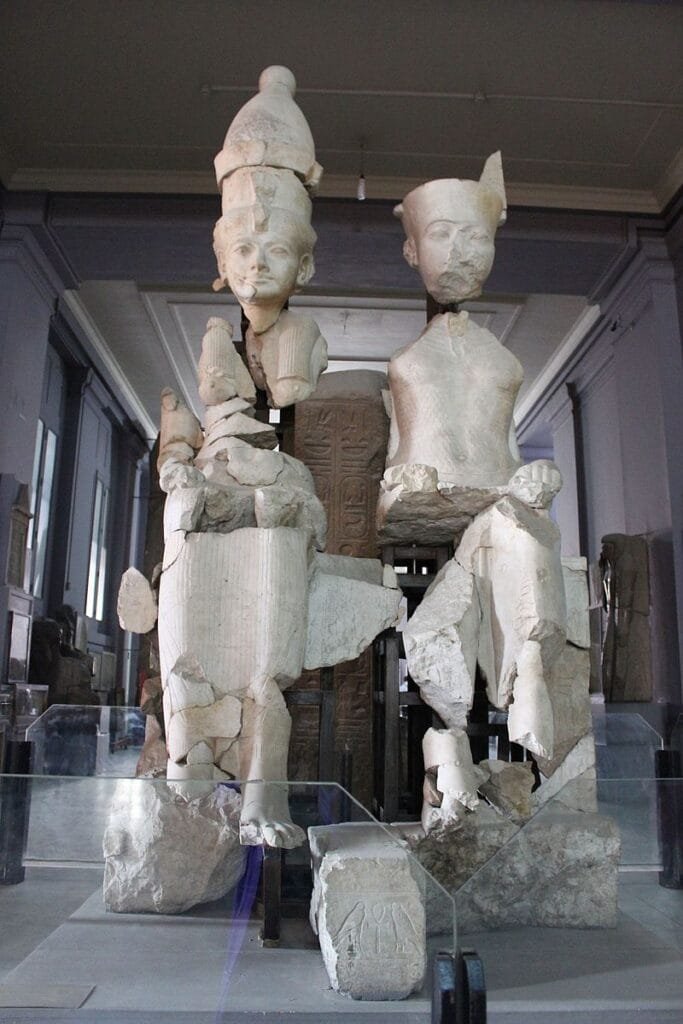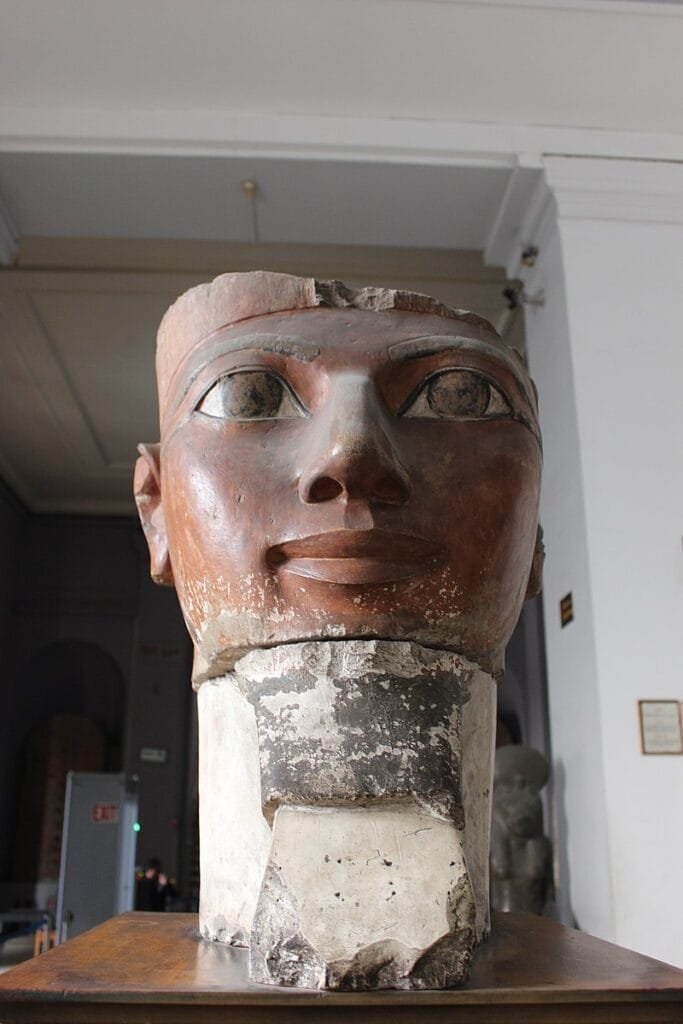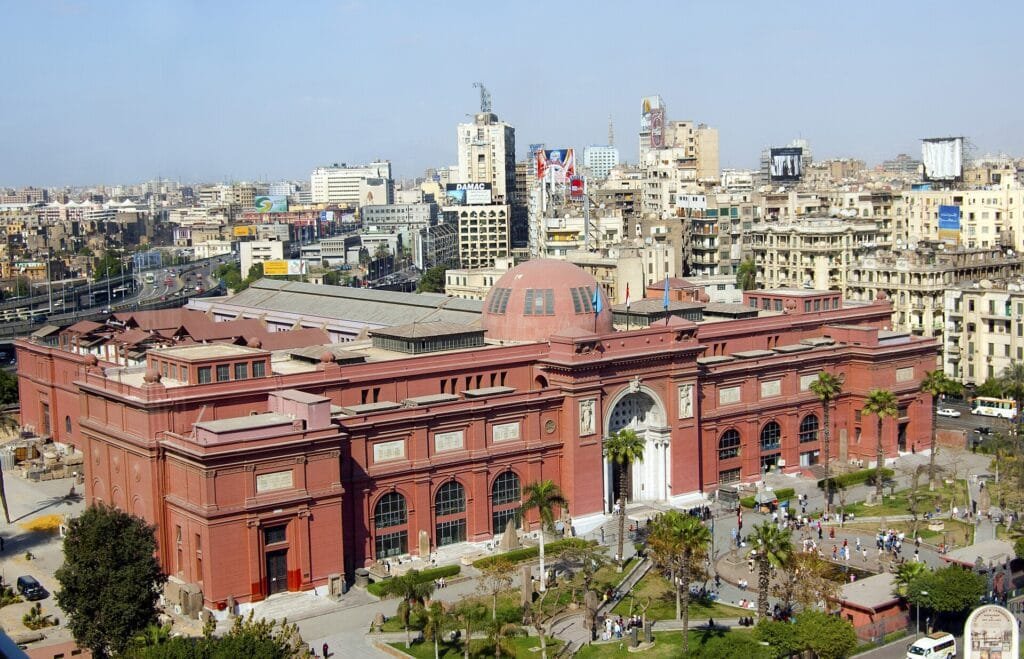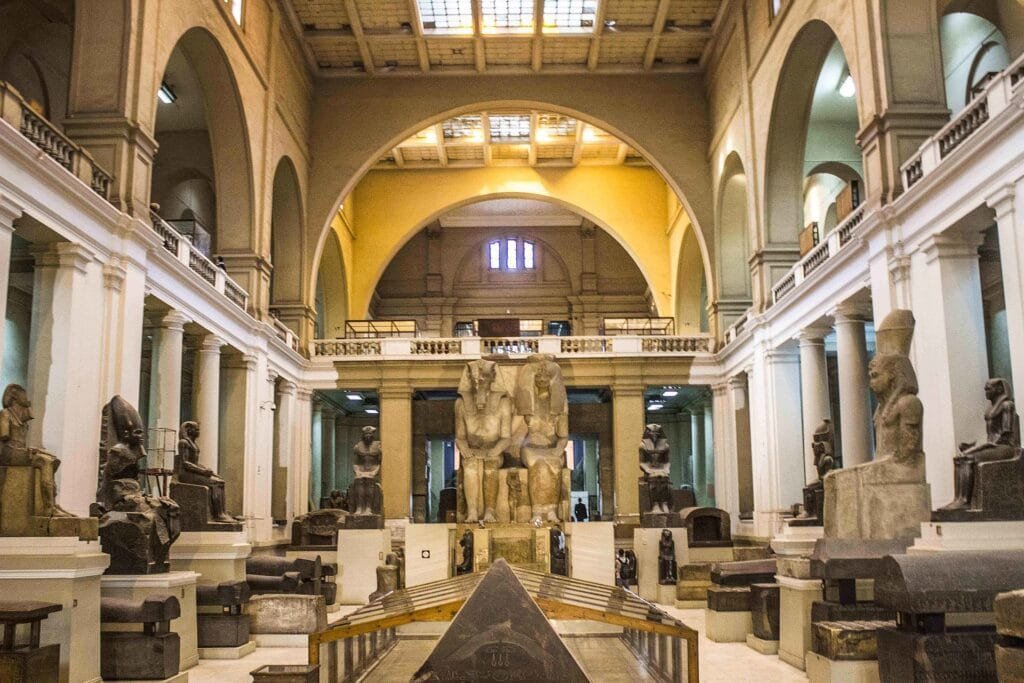The Egyptian Museum in Cairo is one of the world’s most iconic cultural landmarks, offering an unparalleled opportunity to explore the vast history and treasures of ancient Egypt. Situated in Tahrir Square, this museum houses over 120,000 artifacts, providing visitors with a deep dive into Egypt’s fascinating past, spanning 5,000 years of civilization. From the mesmerizing Treasures of King Tutankhamun to the royal mummies, statues of gods and pharaohs, and ancient everyday items, the museum offers a truly immersive experience.
Visitors can expect to encounter monumental statues and intricate sculptures that showcase ancient Egyptian craftsmanship, while exhibits like the mummy room reveal the spiritual and scientific practices of mummification. The museum’s architecture, a stunning example of neo-classical style, enhances the overall experience by transporting visitors back in time. Additionally, the museum plays a vital role in archaeological research and education, contributing to ongoing discoveries and academic insights into ancient Egypt. Whether you are a history enthusiast or simply curious about the ancient world, the Egyptian Museum offers an unforgettable journey through the grandeur and mystery of ancient Egypt.


